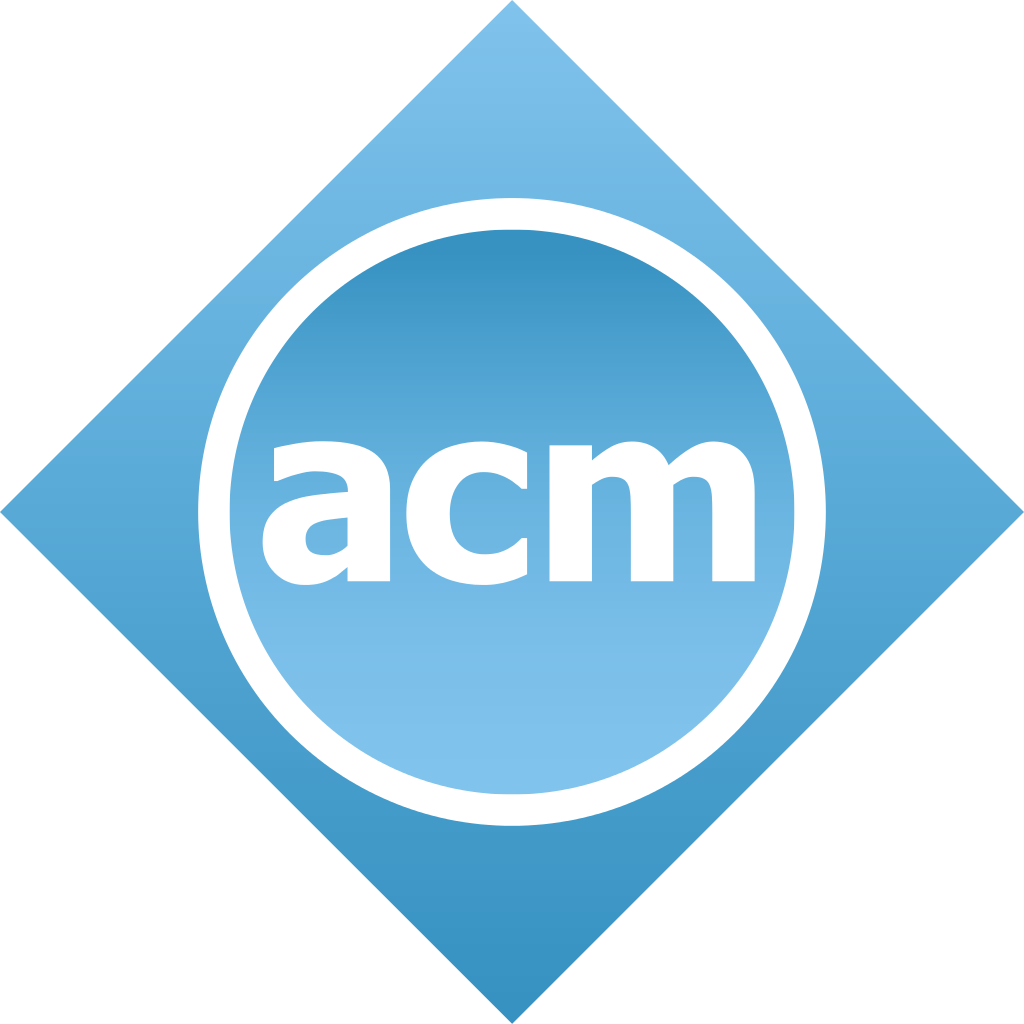Industrial Talks:
IIoT – Blurring the Lines Between Operations and Information Technology
Eric Rotvold, Distinguished Technologist, Emerson Process Management
Abstract: In industrial facilities today, the demographics suggest that there are and will continue to be fewer engineers and technicians that have operational experience. As the number of operations people decreases, the number of people throughout an organization that want access to more information is increasing. It may seem counter intuitive but this will require more intelligent instrumentation to provide more information about the operation and efficiency of the plant. Those instruments provide extra eyes and ears for the operators, business personnel and business systems. They also provide information that helps keep people out of the field which increases operational safety. With more data for the operations and business teams to consume it must be converted from raw operations domain specific data into actionable information that can be consumed by a broad audience. IIoT based solutions provide the data transport and transformations that are required to get the information to the right people when it is most relevant. An IIoT presentation would not be complete without security so this presentation will also discuss system design approaches that can be used to secure the data and protect the systems from potential adversaries.
Bio: Eric Rotvold is a Distinguished Technologist at Emerson Automation Solutions and has been working in process automation for over 25 years. He has been involved in the development of many HART®, Profibus and Foundation™ Fieldbus measurement instruments during his career. Recently Eric has been engaged in the development of the IEC 62591 (WirelessHART®) standard and products that implement the standard. He is the system architect for Emerson Smart Wireless solutions and Pervasive Sensing systems. Eric has been awarded several patents related to process automation, instrumentation, communication and security.
Do we really need standards in IoT?
Sun Chan, IoT Software Chief Architect, Huawei Technologies
Abstract: With the IoT hype a few years ago, many standards have been in the works, perhaps too many. These standards were supposed to enable connectivity and communication. However, do the multiple communication standards communicate with each other? Is it possible? Looking around at successful products today, such as in smart home and industrial automation systems, most of them do not follow any standards. Some of the end devices do not have an OS. We see a similar trend in academia; not much attention is paid to standards. As a follower in IoT, it can be quite confusing. Are standards committees solving consumers' pain points? What are the key issues and blocking technologies that IoT professionals should focus on?
Bio: Sun Chan started out as an embedded software tools developer, then spent most of his career in compilers for HPC and servers at Mips/SGI/Intel. For the last ten years, his focused on small systems again, developed SOC and systems for feature phones. He also lead team to bring Edison chip from research to product. With Edison and system, he shifted interest to IoT and connected systems. He is now at Huawei Technologies as SW architect in IoT.
Role of Spatiotemporal Big-data: An IoT Industry Perspective
Raghu Ganti, Research Staff Member, IBM Research
Abstract: There is an increased availability of spatiotemporal data in many industry scale IoT applications that include Connected Cars, Insurance agencies, Safety, etc. Existing spatiotemporal data processing and modeling mechanisms heavily rely on spatial databases such as DB2-spatial, Oracle-spatial. These database engines woefully fall short of addressing emerging application requirements. This talk will provide a perspective on these emerging requirements and cover various solutions that IBM Research has developed over the course of the last several years, several of which are now shipping as part of mainstream IBM products. These include spatiotemporal data processing and modeling mechanisms in distributed platforms such as InfoSphere Streams, Apache Spark, and Apache HBase.
Bio: Raghu Ganti is a Research Staff Member at IBM T. J. Watson Research Center, Yorktown Heights since September 2010. He is part of the Distributed Cognitive Systems department focused on IoT analytics. His research interests span wireless sensor networks, privacy, and data mining. For the past 6 years, he has been working on spatiotemporal analytics - the analysis of moving objects and been developing various algorithms for spatiotemporally enabling IBM's big data products. Parts of his work are now embedded in products such as IBM InfoSphere Streams, SPSS statistical modeler, and InfoSphere SenseMaking. He obtained his MS/PhD from University of Illinois, Urbana-Champaign in Computer Science in 2010 and his BTech degree from IIT-Madras in Computer Science & Engineering in 2003.



